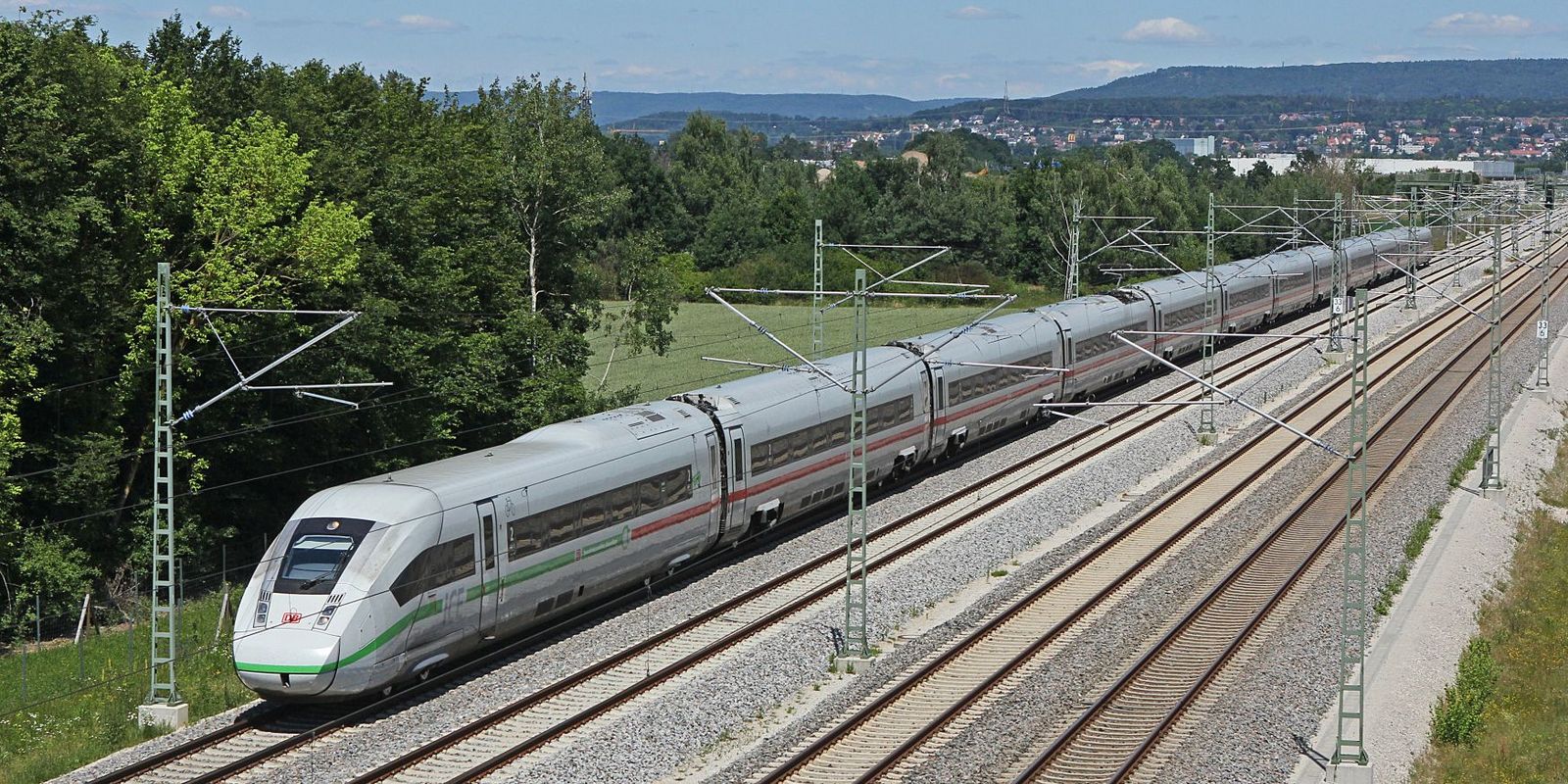Traffic is the biggest source of greenhouse gas emissions in Switzerland: according to the Swiss Federal Statistical Office, it accounted for 40% of CO2 emissions in 2018. No wonder there are so many people thinking about what kind of mobility is least harmful to the environment. Comparing the different means of transport – for example on quarks.de – the following amounts of CO2 are emitted over a distance of 100 kilometres:
- Aeroplane: 21 kg
- Petrol-powered car, mid-range: 19 kg
- Diesel-powered car, mid-range: 16 kg
- Electric car, mid-range (calculated based on the German average power mix): 12 kg
- Trains such as IC and ICE: 4 kg
- Long distance bus: 2 kg
So that's all we need to know, right?
No. Of course it’s very important to be aware of the emissions that occur when a means of transport is being used. But in addition to the direct emissions caused by vehicles, there is also the indirect, hidden energy consumption that occurs – the so-called “grey” energy.
How is “grey energy” generated?
Grey energy is produced in a variety of ways: in the extraction of raw materials, the manufacture of products, their transport, packaging, storage, sale and disposal, as well as in the provision of services. There is essentially nothing that doesn’t generate grey energy. And it makes up a large part of the pie: according to the Swiss Energy Foundation, it accounts for two thirds of the energy consumption of an average Swiss household.

What is the significance of this in terms of transport?
It means that precise calculation of the ecological footprint left by a means of transport should not only be based on the emissions generated during use. To be accurate, it should also include the energy required for the manufacture and disposal of vehicles, the construction and maintenance of the transport infrastructure (roads, rail networks, tunnels), the control of this infrastructure (e.g. by means of traffic lights or signal boxes) and its operation (railways and airports).
For example, Schweizerische Handelszeitung calculated that in the construction of the 170-kilometre railway line between Cologne and Frankfurt, 84’00 tonnes of CO2 would have been generated simply in producing the rails – and more than 860’000 tonnes for the steel and concrete needed for the 47 kilometres of tunnel. According to the authors, even after 35 years of use and 500 million passengers, this would still leave emissions of 4 to 6 kg of CO2 per person and journey.

Copyright: Deutsche Bahn AG / Claus Weber
What can we do?
As you can see, it’s not so easy to be aware of all the factors involved when it comes to eco-friendly travel. But you are already doing a lot if you make frequent use of public transport and/or your bicycle, rarely fly, use shared cars, drive your own car for as long as possible and, if possible, give preference to electric power over petrol or diesel when buying a new car. Meanwhile, CO2 compensation will help make up for the resulting emissions in the future.
